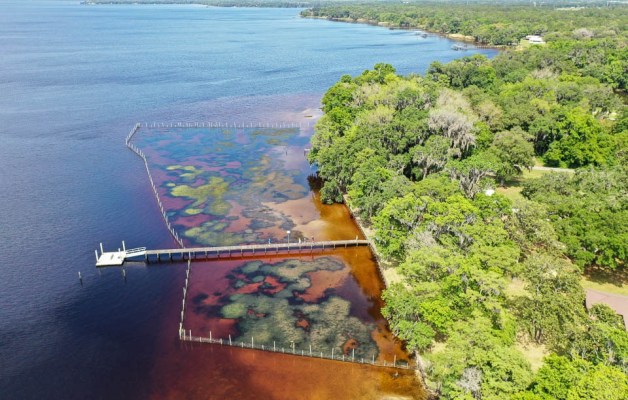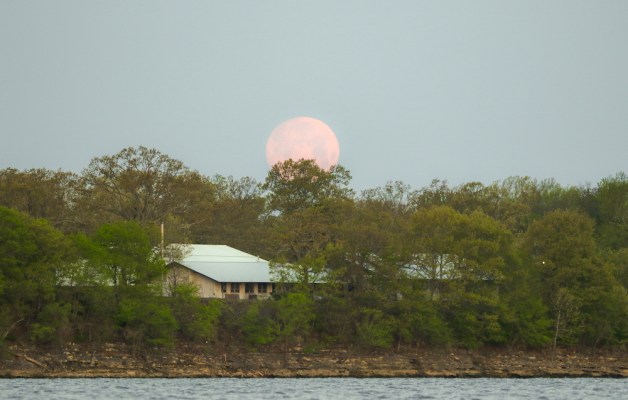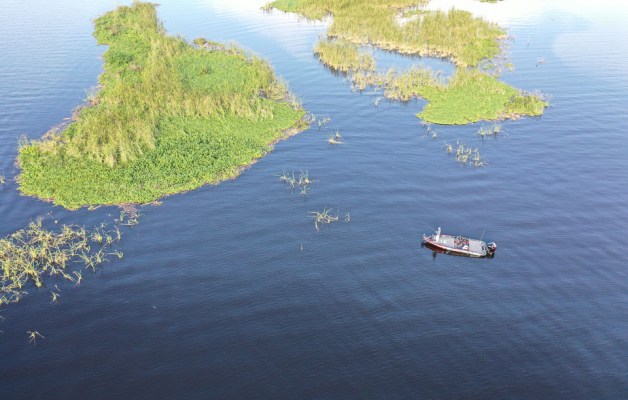
RUTLAND COUNTY, Vt. — Over the course of two springs, the Rutland B.A.S.S. Club placed 75 Christmas trees in Lake St. Catherine in Rutland County, Vt.
“The lake has been the target of annual herbicide applications by the local lake association for nearly 10 years in an attempt to eradicate Eurasian watermilfoil,” explained club member Shawn Good. “Unfortunately, most of the bass habitat in the lake is milfoil, and as a result of the chemical applications, bass habitat has nearly been wiped out of the lake.”
The Vermont B.A.S.S. Nation awarded the Rutland B.A.S.S. Club $1,000 to spend over two years for the purchase of cement blocks, concrete mix and other items to construct the Christmas tree structures. Recycled Christmas trees were collected from club members, relatives and neighbors. The trunks of the trees were inserted into the hollow openings of cinder blocks, and pinned with long spikes driven through the trunk on the underside of the block. The hole with the trunk, as well as the other empty cinder block hole, was filled with concrete for weight.
The concrete was left to cure and harden for several weeks. Members then gathered again and loaded the trees onto a large flatbed truck provided by a club member from his business. Trees were transported to the lake and loaded onto rafts and a member’s pontoon boat.
Four sites on the lake were selected that were 12 to 16 feet deep, adjacent to deep water, and offshore. Members dropped 75 Christmas trees overboard among the four locations in tight clusters. The cemented cinder blocks allowed the trees to sink trunk first, with the trees coming to a rest on the bottom in an upright position. The trees were 6 to 8 feet tall.
“Underwater cameras (AquaVu) were used to confirm the trees were resting correctly on the bottom,” added Good. “While these will not provide or replace the same habitat value and benefits that stands of natural aquatic vegetation provides, it is hoped that these clusters of 15 to 20 trees in each location promotes the growth of beneficial algae as the trees decompose, leading to the production of aquatic insects, which will attract baitfish, and provide foraging areas of bass and other predatory species. The Christmas tree clusters should also provide cover for juvenile and adult bass and other fish as well.”
Fifteen volunteers contributed 250 man-hours to the project. They added 1 acre of habitat.




